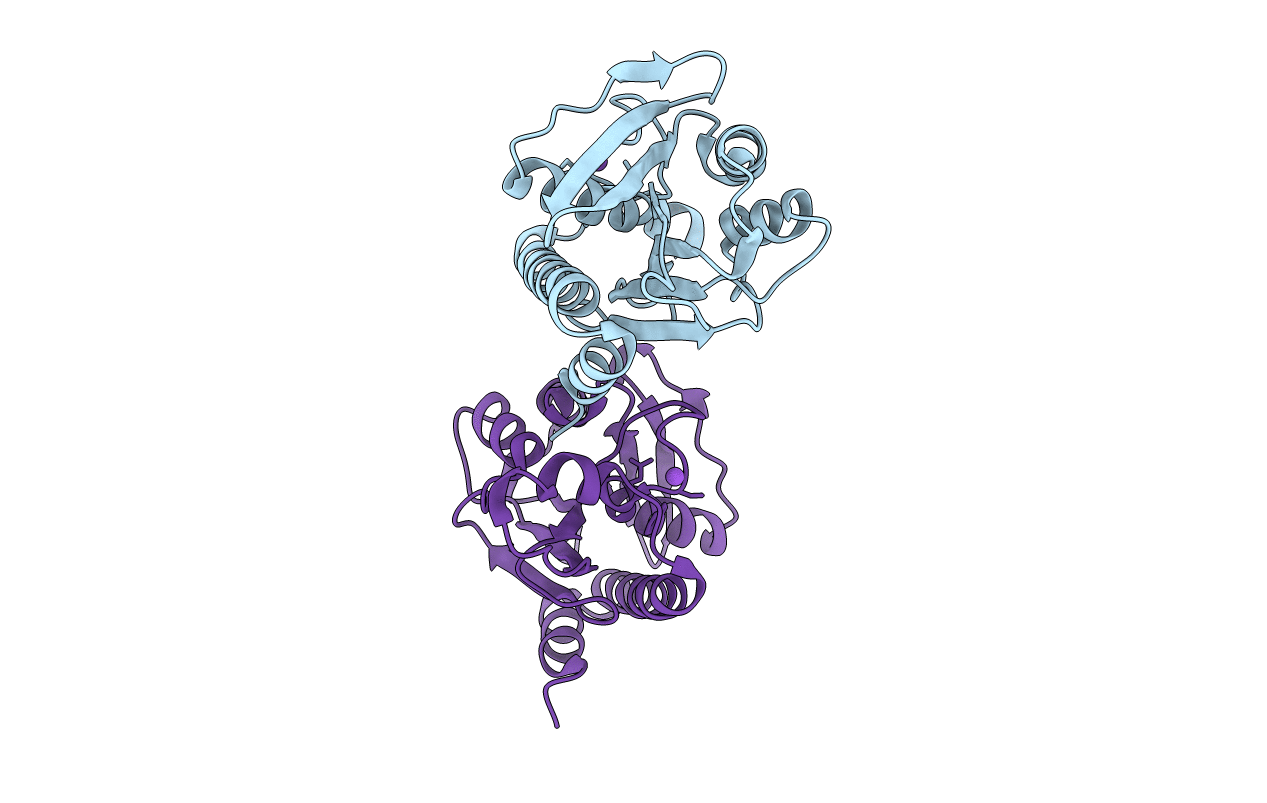
Deposition Date
2018-03-22
Release Date
2018-06-06
Last Version Date
2024-10-16
Entry Detail
PDB ID:
5ZK0
Keywords:
Title:
Crystal structure of Peptidyl-tRNA hydrolase mutant -M71A from Vibrio cholerae
Biological Source:
Source Organism:
Host Organism:
Method Details:
Experimental Method:
Resolution:
2.55 Å
R-Value Free:
0.26
R-Value Work:
0.18
R-Value Observed:
0.19
Space Group:
C 2 2 21


